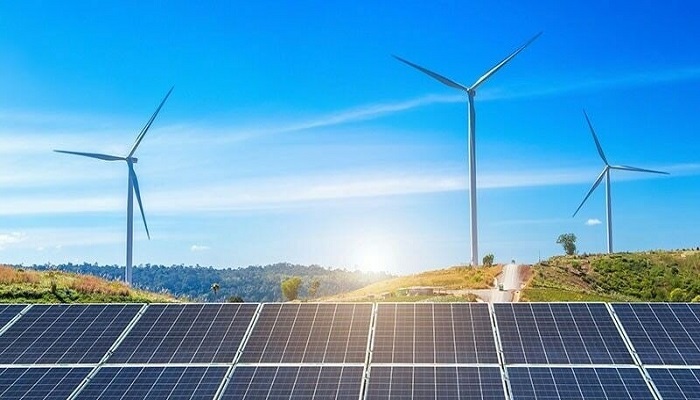It is well to be noted that renewable sources of energy generated more electricity than gas in the UK in the 2023 winter, as per the new analysis.
The Energy and Climate and Intelligence Unit went ahead and found that hydro, solar, and wind energy went on to produce 55 terawatt hours- TWh of electricity, which happens to be enough to power almost 21 million homes for the whole year.
This represented almost 40% of the UK’s power generation throughout the winter months, with gas comprising almost a third and other sources such as nuclear and biomass making up another 25%.
According to the head of energy at ECIU, Jess Ralston, with or without new licenses, the North Sea will go on to continue its inevitable decline, and hence one will need to import ever greater quantities when it comes to gas from abroad unless and until one cuts the demand by rolling out more renewables.
The price when it comes to gas happens to be set by the international markets, so the option for the UK is indeed stark- Boost British renewables as well as go ahead and achieve clean power, or import further gas at a price which one cannot really control.
A 2023 report coming from the UK-based energy think tank Ember opined that clean energy trends point towards a fresh era of fossil fuel slump.
As per a senior electricity analyst at Ember, Małgorzata Wiatros-Motyka, in this decisive decade when it comes to the climate, it is the beginning of the end as far as the fossil age is concerned.
The fact is that one happens to be entering the clean power era. The stage is all set for wind and solar in order to achieve a meteoric rise to the top. Clean electricity is indeed going to reshape the global economy, right from transport to industry, and have its effects even beyond.
Electricity happens to be the highest emitting sector when it comes to carbon dioxide across the world, thereby making it a prominent focus in terms of meeting climate targets.
In January 2024, the International Energy Agency- IEA went ahead and revealed that the world added 50% more renewable energy in 2023 than in the preceding year, which was largely pushed by solar power adoption.
There happen to be still some massive hurdles to overcome, such as the difficult global macroeconomic environment, remarked the executive director.
of IEA, Faith Birol. He added that when it comes to his perspective, the most significant issue for international community happens to be the rapidly scaling up financing as well as deployment of the renewables across the most emerging as well as developing economies, most of which happen to be left behind when it comes to the new energy economy.





































